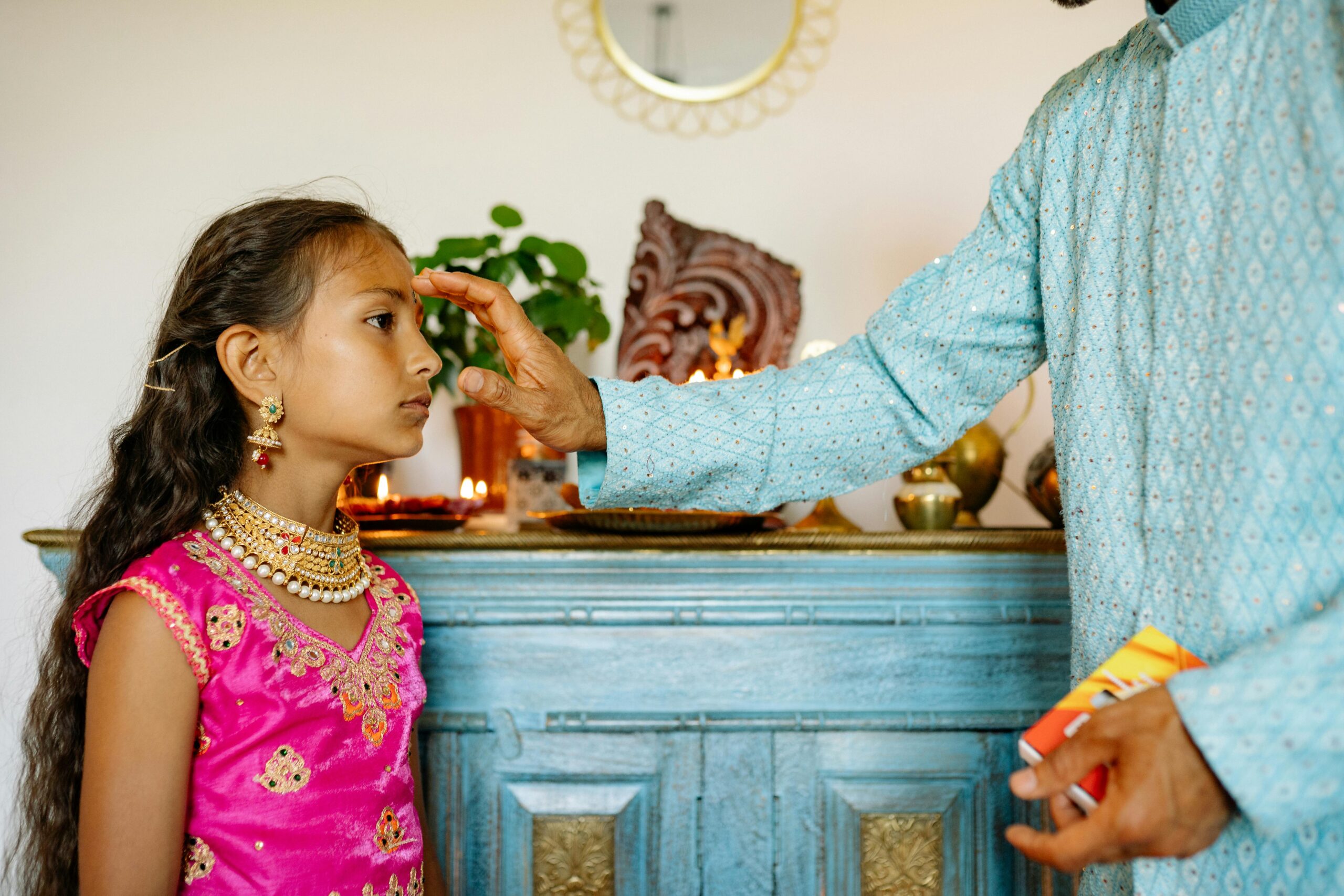Raising children is both a profound privilege and a great challenge. As the world changes quickly, so do the expectations, values, and methods of raising children. Today, parents often find themselves caught between the time-tested traditions of their ancestors and the progressive ideals of modern parenting.
Balancing these two approaches can be daunting, but it is not impossible. With mindful integration of the old and the new, parents can create a nurturing environment that respects their heritage while preparing their children for the future.
Understanding Traditional Parenting Styles
Traditional parenting styles are rooted in cultural values, societal norms, and the collective wisdom of generations. They emphasize discipline, respect for authority, family bonds, and adherence to community traditions. These styles often reflect the priorities of an era when survival, stability, and social cohesion were paramount.
Common features of traditional parenting include:
- Authoritative Discipline: Rules and boundaries are non-negotiable, and discipline is often strict to instill a sense of responsibility and respect.
- Family-Centered Approach: The family unit takes precedence over individual desires, fostering loyalty and strong familial ties.
- Cultural Preservation: Parents focus on passing down traditions, languages, and values to maintain cultural identity.
While these methods have their merits, they may sometimes clash with the values of modern parenting, particularly in fostering individuality and adaptability.
The Rise of Modern Parenting Styles
Modern parenting styles reflect the evolving priorities of contemporary society. With greater access to education, technology, and global perspectives, parents today are more likely to emphasize emotional intelligence, independence, and critical thinking in their children. Modern parenting often involves:
- Child-Centered Approach: The needs, interests, and emotions of the child take center stage, fostering a sense of autonomy and self-worth.
- Open Communication: Parents encourage dialogue and collaboration, allowing children to express themselves freely and understand the rationale behind rules.
- Flexibility: Adaptability is key, as parents adjust their methods to suit the unique needs of their children and the rapidly changing world.
However, modern parenting is not without its challenges. Critics argue that it can lead to over-indulgence, a lack of discipline, and an erosion of cultural values.
The Case for Balancing Tradition and Modernity
The choice between traditional and modern parenting should not be an either-or decision. Instead, integrating the strengths of both approaches can create a more holistic parenting style that benefits both parents and children. Here are some strategies to achieve this balance:
1. Respect for Tradition with Room for Adaptation
Traditions provide a sense of identity and belonging. Parents can preserve these aspects by celebrating cultural festivals, teaching native languages, and sharing family stories. At the same time, they should remain open to modifying traditions that may not align with modern values or their child’s individuality.
For example, while respect for elders is a valuable tradition, it can be complemented with open communication, allowing children to voice their opinions respectfully.
2. Blending Discipline with Empathy
Discipline is essential for teaching responsibility and boundaries. However, modern approaches encourage parents to balance firmness with empathy. Instead of enforcing rules with punitive measures, parents can adopt positive discipline strategies, such as:
- Setting clear expectations and explaining the reasons behind them.
- Encouraging problem-solving and accountability.
- Acknowledging and validating the child’s emotions during conflicts.
This combination fosters mutual respect and helps children internalize values rather than fear authority.
3. Prioritizing Quality Family Time
Traditional families often emphasize shared meals and rituals, which strengthen bonds and provide opportunities for storytelling and value-sharing. Modern parents can uphold this tradition by dedicating screen-free time for family activities, such as:
- Cooking and eating together.
- Participating in cultural events or volunteering as a family.
- Engaging in shared hobbies, like gardening, sports, or crafts.
Balancing these practices with modern conveniences and interests ensures meaningful connections.
4. Encouraging Independence with a Safety Net
While traditional parenting may lean toward protecting children from risks, modern parenting often promotes independence. Parents can strike a balance by gradually allowing their children to make decisions while providing guidance and support. For instance:
- Assign age-appropriate responsibilities at home.
- Encourage exploration and problem-solving while being available to help when needed.
- Celebrate achievements and help navigate failures as learning opportunities.
5. Embracing Technology Wisely
Technology is a hallmark of modern life, but it can also create a disconnect within families. Parents can leverage technology for learning and connection while setting boundaries to prevent overuse. For example:
- Introduce children to educational apps, documentaries, and virtual cultural experiences.
- Use video calls to maintain relationships with extended family.
- Establish tech-free zones or times to ensure balance.
6. Teaching Cultural Awareness in a Globalized World
Modern parenting often focuses on broadening perspectives, while traditional parenting emphasizes cultural roots. Parents can merge these by:
- Encouraging pride in their heritage while exposing children to diverse cultures through travel, books, and interactions.
- Teaching values like tolerance, empathy, and inclusivity.
- Discussing the significance of cultural practices in a way that relates to modern contexts.
Overcoming Challenges in Balancing Styles
The process of integrating tradition and modernity is not without its hurdles. Parents may face resistance from extended family, societal pressure, or their own internal conflicts. Here are some tips to navigate these challenges:
- Communicate with Family: Discuss your parenting approach with extended family members to address their concerns and gain their support.
- Stay Informed: Educate yourself about both traditional and modern parenting philosophies to make informed decisions.
- Trust Your Instincts: Every family is unique. Trust your judgment and adapt methods that work best for your family dynamics.
- Seek Support: Join parenting communities, seek advice from experts, or consult resources that align with your values.
Conclusion
Balancing tradition and modern parenting styles is a journey of reflection, adaptation, and growth. By integrating the wisdom of the past with the insights of the present, parents can raise well-rounded individuals who are rooted in their heritage yet prepared to thrive in a rapidly changing world. This harmonious approach not only nurtures children but also strengthens the family bond, creating a legacy of love, respect, and resilience for generations to come.



